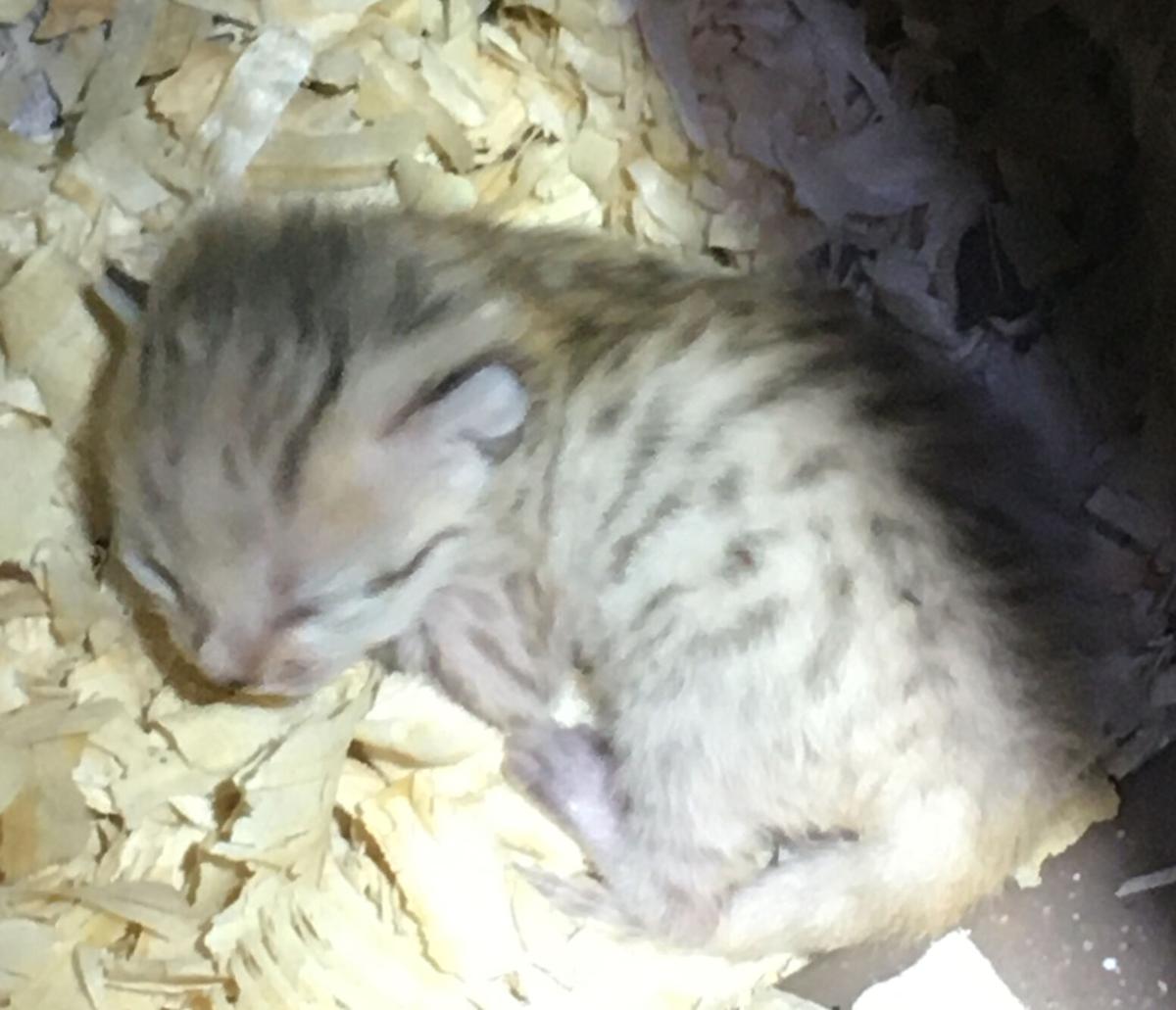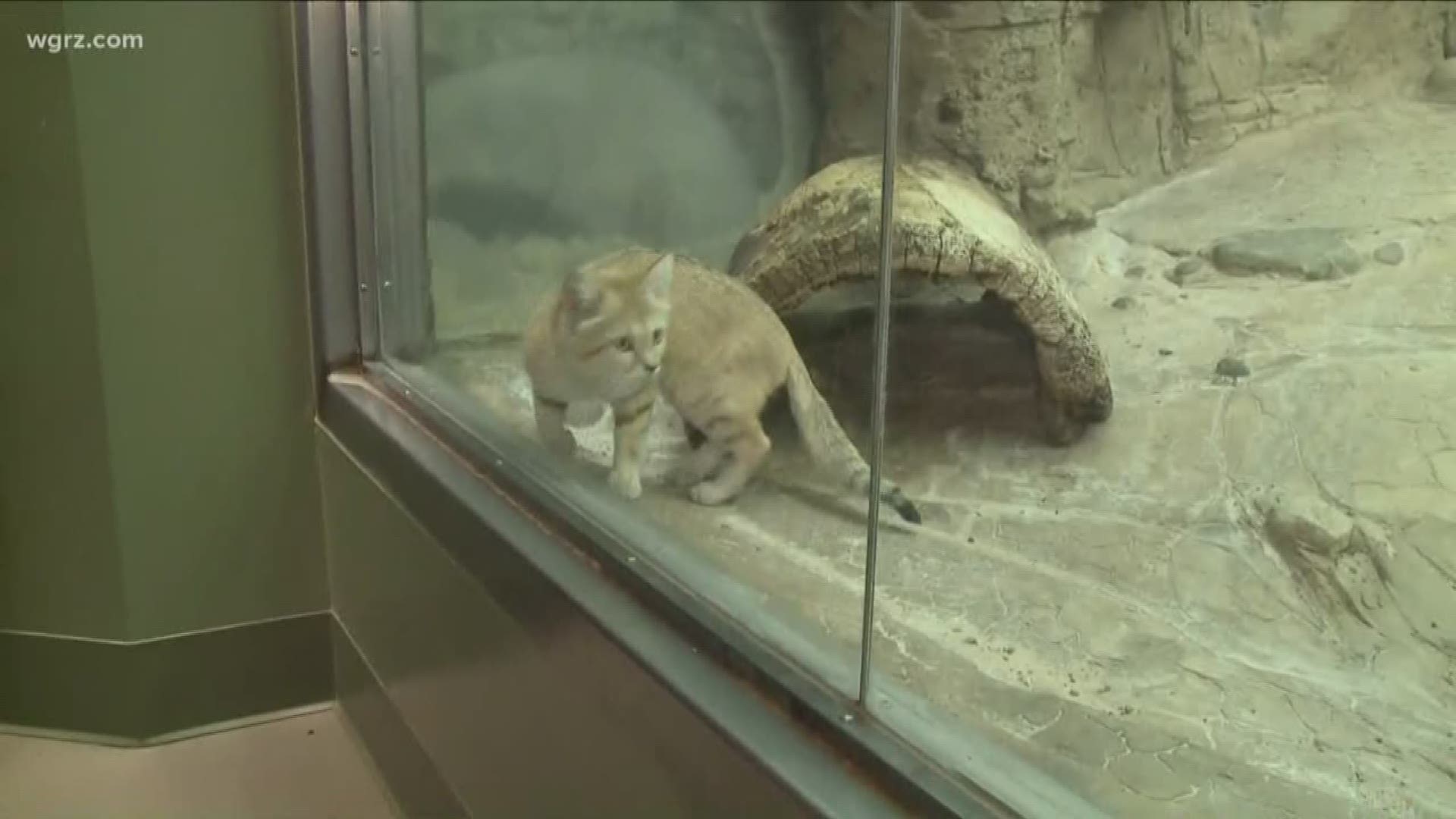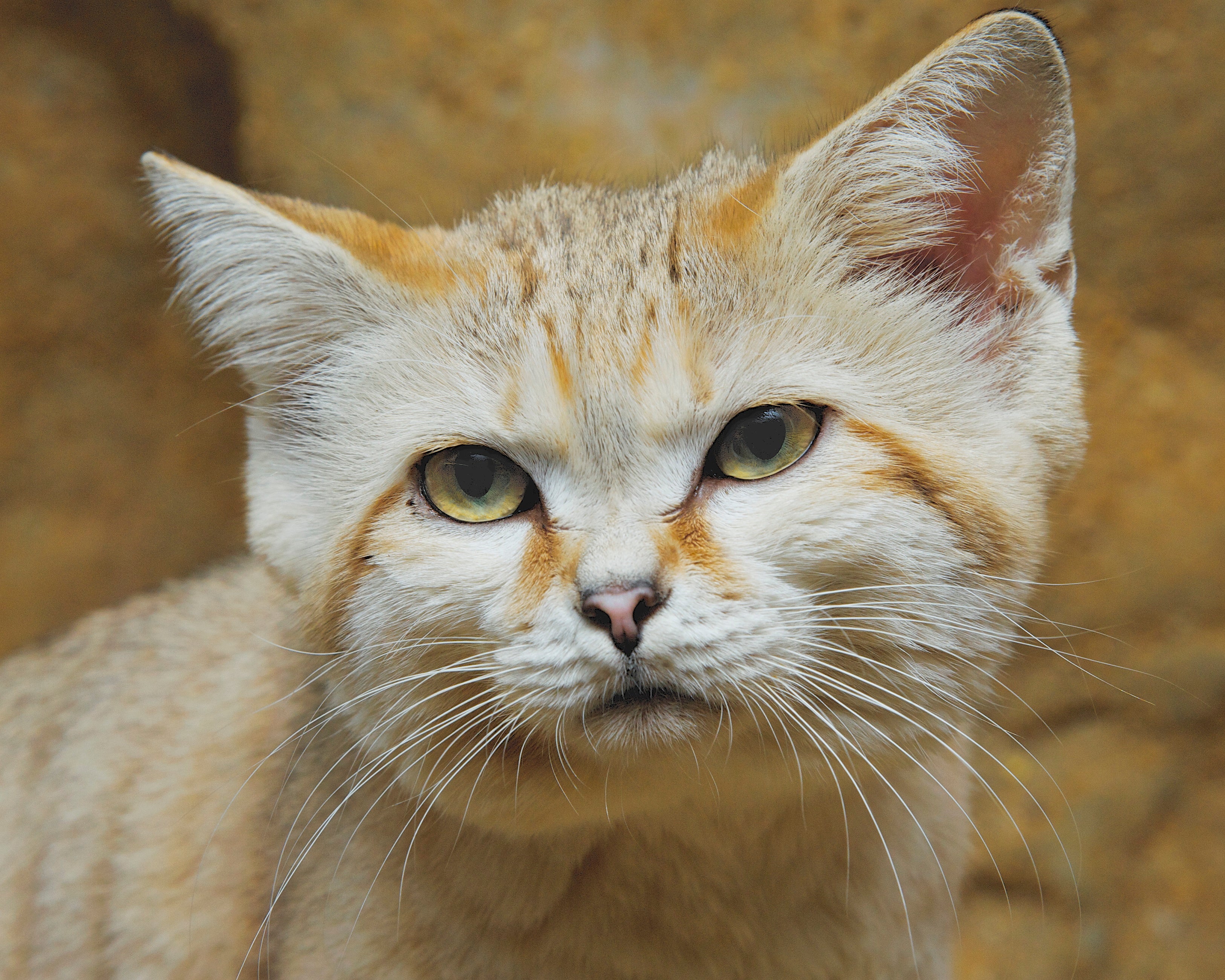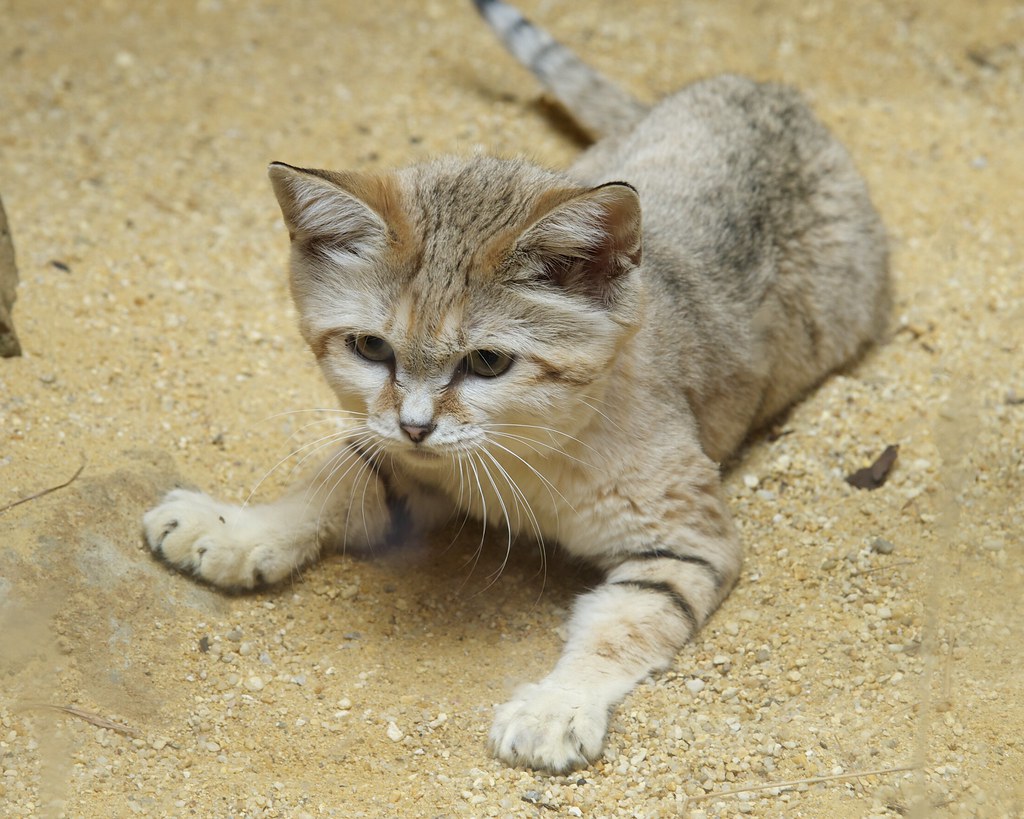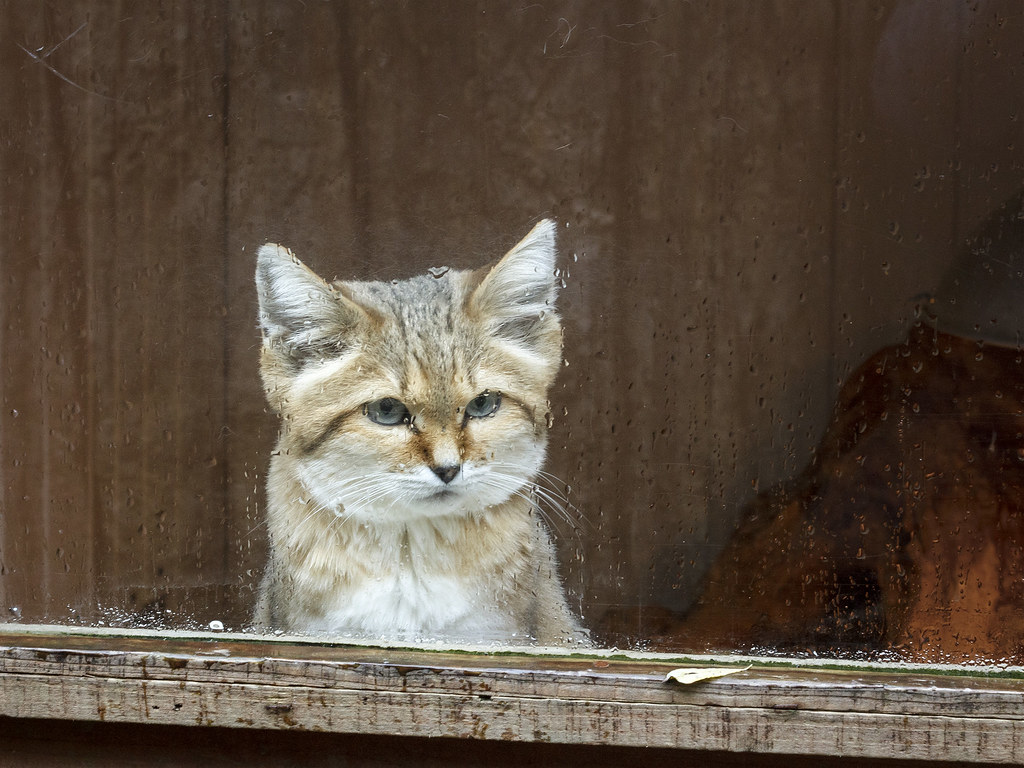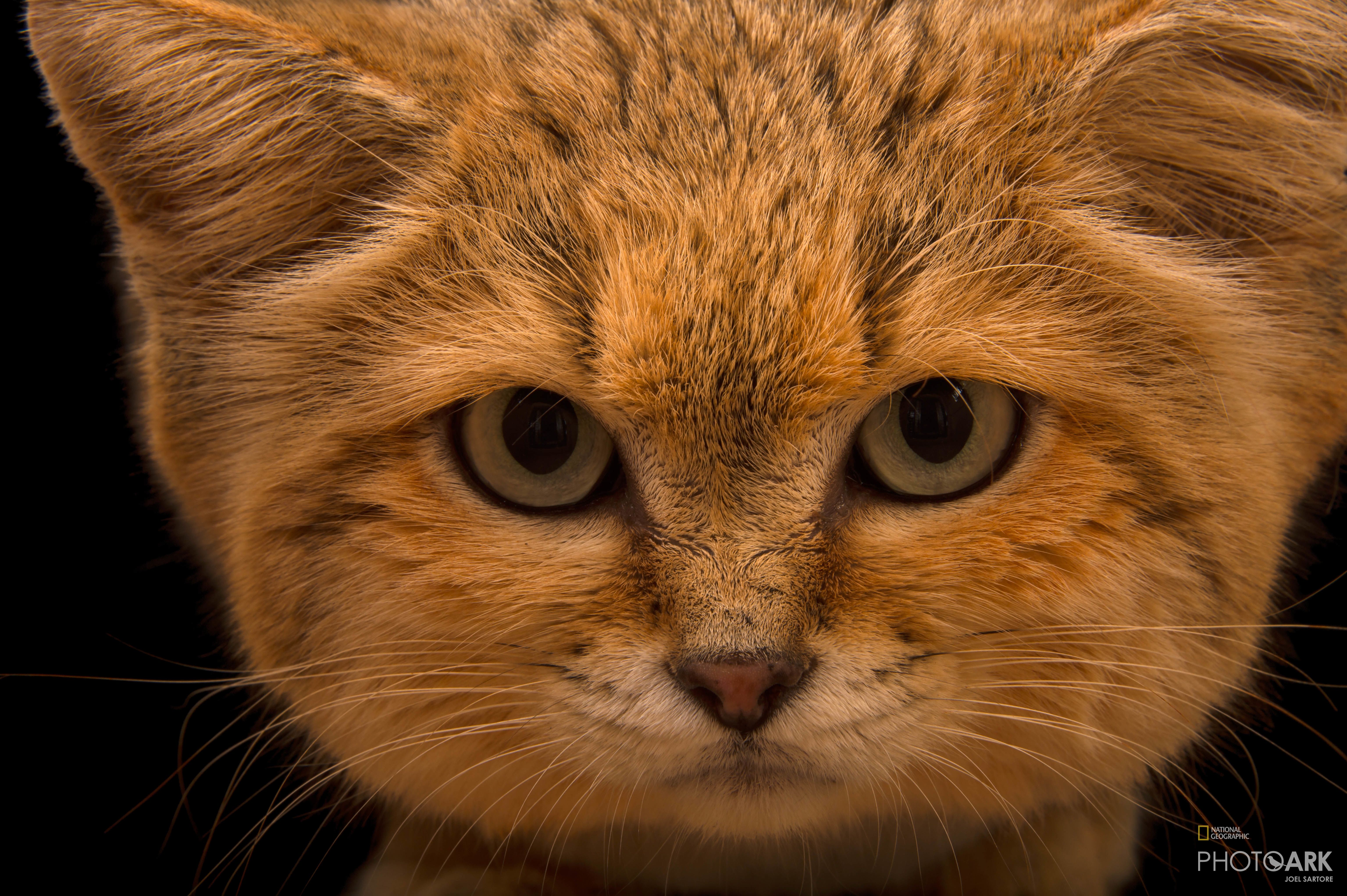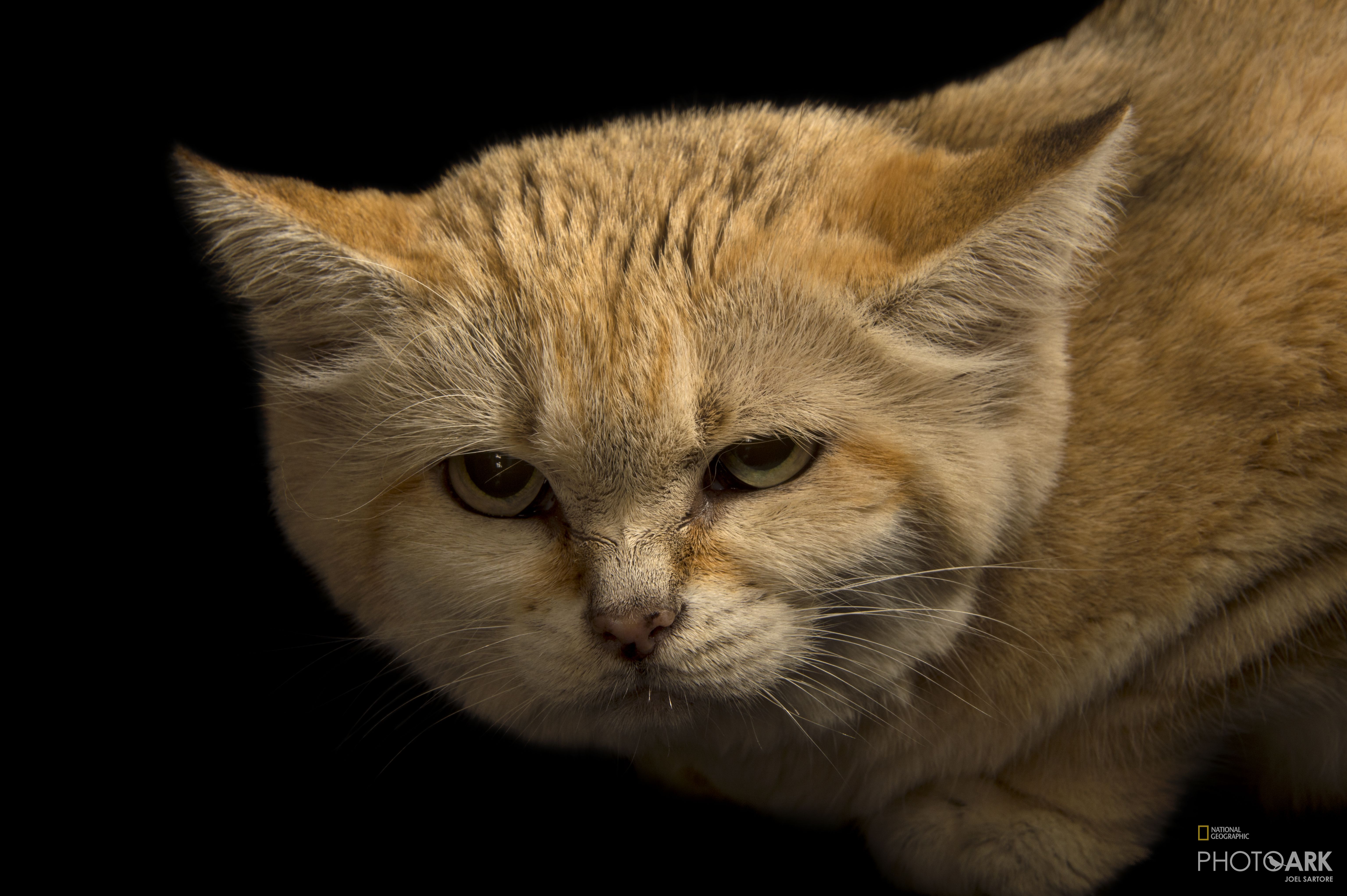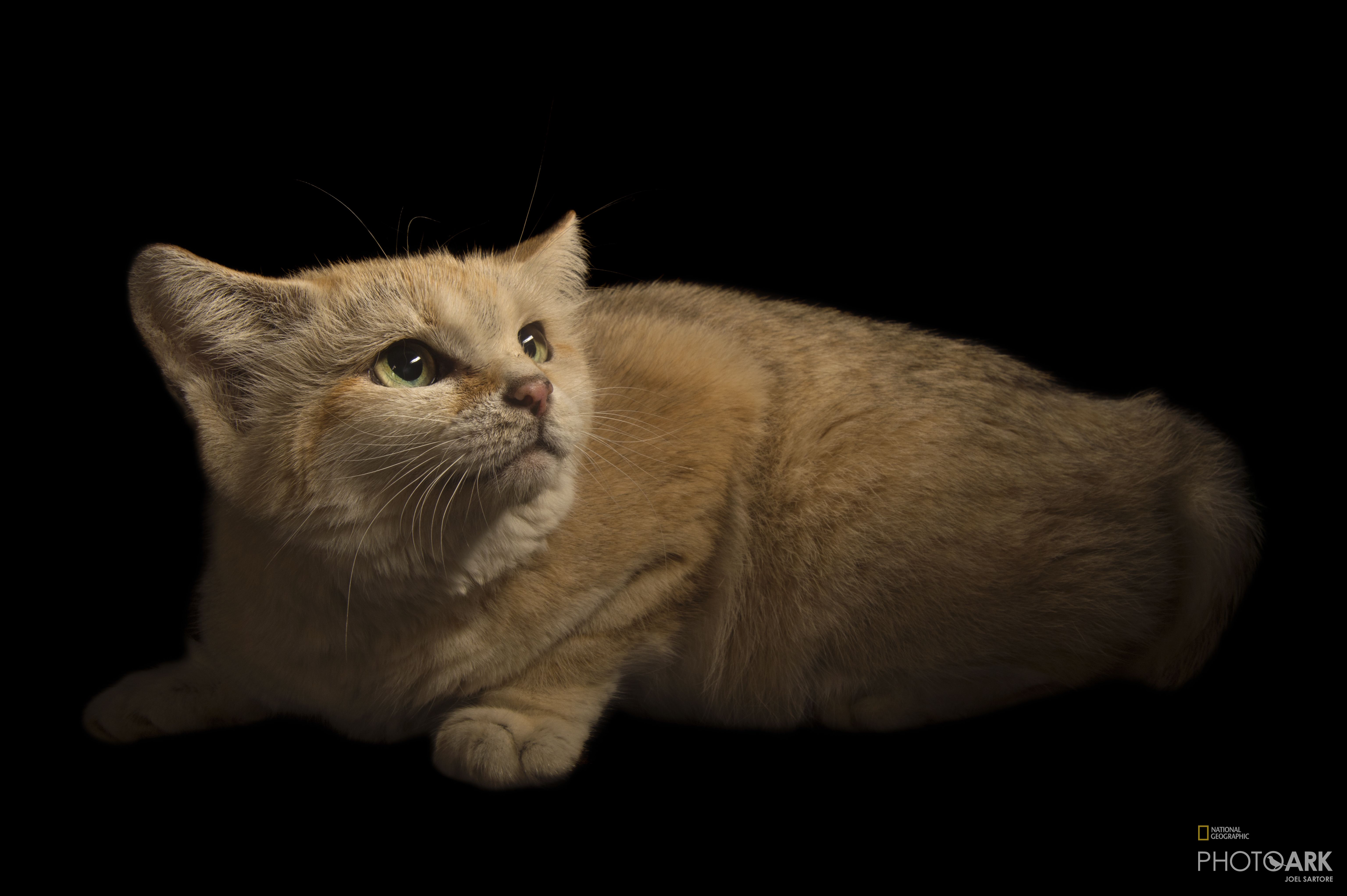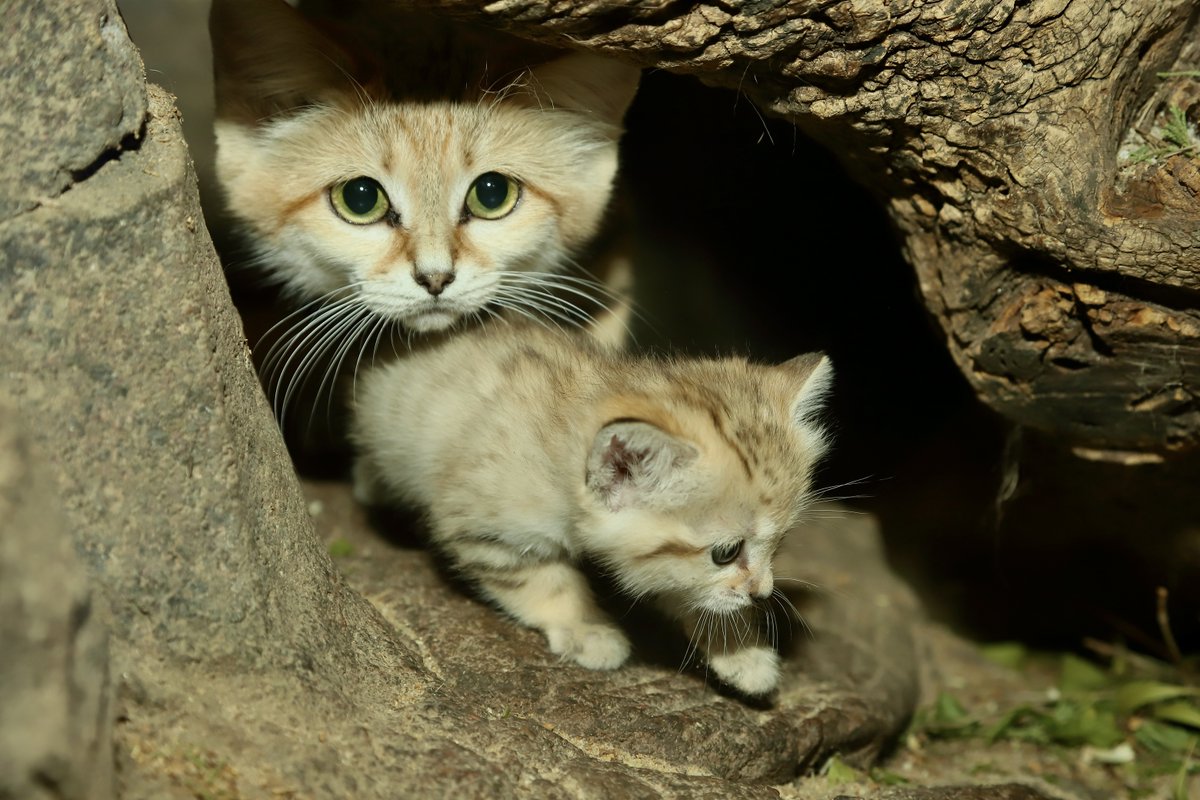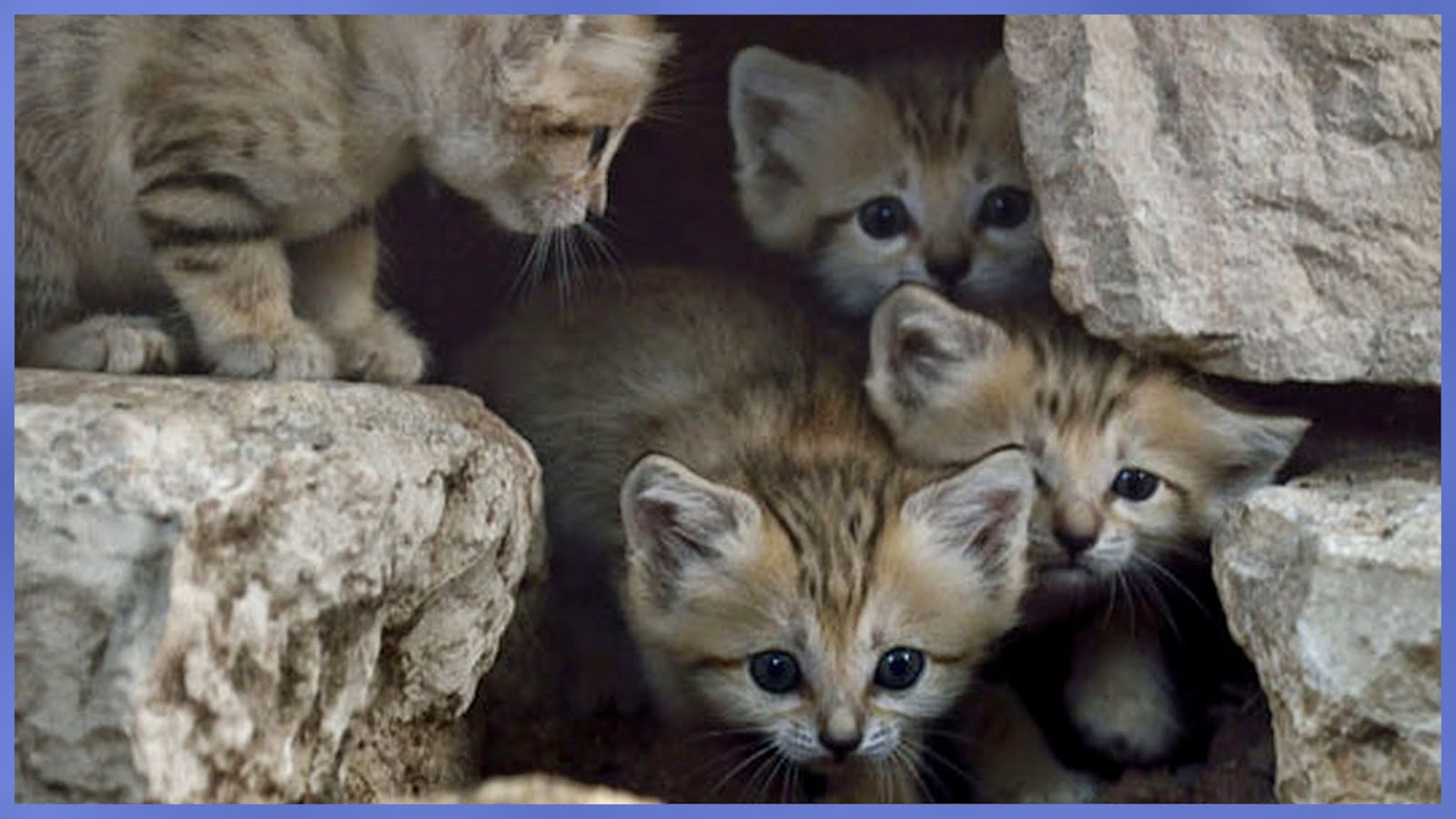Sand Cats Zoo Habitat

May meow like domestic cats and use a bark-like call during breeding season.
Sand cats zoo habitat. North African nomadic tribes call them snake hunters although the cats also feed on small rodents spiders and. These tiny 3-11 pound cats live in sandy and stony deserts and are the only true desert cat species. With big ears and large faces sand cats appear top-heavy with heads too big for their small bodies.
Habitat degradation is the major threat to the sand cat. Dense hair on the pads of their feet protect against hot sands and the cold of the desert. It is well suited to the desert with their short thick.
The sand cat inhabits arid stony and sandy deserts especially among sparse vegetation of Africa and south-west Asia. Fearless hunters they can prey on venomous snakes. The kitten small enough to fit into a teacup was born to mother.
This animals sand colored coat is hard to see against dry bushes and sand and acts as protection for it. Sand cats live in three distinct regions of the world. In addition our mountain lions receive large bones and sometimes parts of carcasses while our fishing cats are occasionally given goldfish to catch.
To transition zoo-raised animals back to the wild. Habitat of the Sand Cat. Sand Cat Felis margarita Cats Mammals.
Instead they live in dry sandy plains and rocky valleys. At the San Diego Zoo and the San Diego Zoo Safari Park most of our small cats are offered commercial cat kibble and a specially formulated carnivore diet as well as thawed mice and bones. Africas Sahara desert throughout the Arabian peninsula.

